My First Encounter with This Sweet Treat
I can still recall the day I tasted a friend’s homemade gluten-free German chocolate cake for the very first time. It was one of those moments where I paused between bites and wondered, “How is it so moist and flavorful without regular flour?” From that day on, I was determined to craft my own version that friends with wheat sensitivities could savor. After all, what’s life without a wonderfully rich slice of chocolate cake? This article springs from my personal kitchen adventures featuring a gluten free german chocolate cake that took me a while to get just right. I’m excited to share every detail with you so you can enjoy the same sweetness.
In the following sections, you’ll find a thorough look at the ingredients, my equipment preferences, and step-by-step instructions. Along the way, I’ll share my mishaps, tips, and the joys of nailing that classic coconut-pecan icing on a rich chocolate cake without gluten. Let’s begin!
Why I Love This Gluten Free German Chocolate Cake
I’ve always adored chocolate-infused desserts, but something about the combination of chocolate, coconut, and pecans has a special place in my heart. When I first transitioned to experimenting with wheat-free German chocolate baking, I feared I might lose that classic German chocolate flavor without gluten. Happily, this recipe delivers on all fronts. It’s got moist gluten-free German chocolate layers and that signature topping that’s sticky, sweet, and brimming with coconut flakes and pecans.
What I treasure most, however, is how everyone around my table can enjoy it—folks who avoid gluten, folks who prefer a dairy-free German chocolate cake option, or those who just want a decadent gluten-free German chocolate treat.
Essential Tools and Equipment
Before diving into the recipe, let’s cover the basics. Through trial and error, I’ve realized that having the right tools helps avoid dramas like scorched chocolate or uneven layers. Here’s the equipment I rely on:
- Mixing Bowls: At least two medium-to-large bowls for wet and dry ingredients.
- Electric Mixer or Stand Mixer: For whipping up a fluffy batter. A hand whisk also works if you’re dedicated, but an electric mixer makes it easier.
- Measuring Cups and Spoons: Accuracy is key. Inconsistent measurements can lead to a crumbly texture.
- Rubber Spatula: Perfect for folding in ingredients and scraping the bowl clean.
- 9-Inch Round Baking Pans: Two pans for layering. I find 9-inch diameter pans give just the right thickness.
- Wire Rack: For cooling your cakes once they’re out of the oven.
- Small Saucepan: Required for cooking the coconut-pecan topping.
If you’re curious about food safety, I like to follow USDA guidelines on handling eggs and perishables. It’s best to keep everything nice and hygienic in the kitchen.
Checking Out the Raw Ingredients

Here’s a breakdown of what I use to create my easy gluten-free German chocolate dessert. Nothing fancy, but each element serves a specific role:
Primary Cake Ingredients
- 2 cups gluten-free flour blend (I prefer one that includes xanthan gum)
- ¾ cup cocoa powder (unsweetened)
- 1 ½ cups granulated sugar
- 1 teaspoon baking soda
- 1 teaspoon baking powder
- ½ teaspoon salt
- 2 large eggs (room temperature)
- 1 cup coconut milk (you can substitute almond milk if desired)
- ½ cup melted dairy-free butter (regular butter is fine if you’re not avoiding dairy)
- 1 teaspoon vanilla extract
Classic Coconut-Pecan Topping
- 1 cup coconut milk
- ¾ cup brown sugar
- 3 egg yolks
- ½ cup dairy-free butter (or regular butter if you prefer)
- 1 cup shredded coconut
- 1 cup chopped pecans
- Optional twist: For a nut-free German chocolate frosting alternative, skip the pecans and try toasted sunflower seeds.
As a heads-up, I’m not a medical professional, so if you have specific dietary concerns, it’s best to chat with a trusted health expert. That said, this best gluten-free German chocolate cake recipe has worked for many of my friends who avoid wheat.
Step-by-Step Instructions
Here’s my tried-and-true method for creating a homemade gluten-free German chocolate cake. Follow these steps, and you’ll end up with a dessert that smells so heavenly, you might linger in the kitchen just to inhale the aroma.
Step 1: Mix Your Dry Ingredients

- Preheat the Oven: Set the oven to 350°F (about 177°C). This temperature has never failed me in achieving moist gluten-free German chocolate layers.
- Prep the Pans: Grease and line your two 9-inch round baking pans with parchment paper.
- Combine Dry Ingredients: In a large bowl, stir together the gluten-free flour blend, cocoa powder, sugar, baking soda, baking powder, and salt. I sometimes sift these ingredients, but if I’m in a rush, a good whisk does the trick.
Step 2: Blend in the Wet Ingredients

- Whisk the Eggs: Crack the eggs into a separate small bowl. Give them a brief mix with a fork. This step keeps any stray eggshell pieces from sneaking into your batter.
- Combine Everything: In another bowl, combine the eggs, coconut milk, melted dairy-free butter, and vanilla extract. Slowly pour the wet mixture into the dry ingredients while mixing on low speed. Once combined, increase speed slightly to form a smooth batter. It should look velvety, without large lumps.
Step 3: Bake the Layers
- Pour the Batter: Divide the batter evenly between the prepared baking pans. Whenever I eyeball it, I make sure both pans look about the same depth.
- Bake: Place the pans on the middle rack of your oven. Bake for about 25–30 minutes. You’ll know they’re done when a toothpick poked into the center comes out clean (or with just a few tiny crumbs).
- Cool Time: Let the cakes rest in their pans for 10 minutes before flipping them onto a wire rack. Wait until they’re completely cool before adding the topping. Patience here is worth it—I once frosted a warm cake, and the topping slid everywhere. Not fun!
Cooking the Coconut-Pecan Topping
I remember a big fiasco I once had: I overheated the coconut milk and sugar, causing the bottom to scorch. I had to start over. To prevent that kind of heartbreak, keep a watchful eye on your saucepan.
Step 1: Combine the Topping Base
- Heat Ingredients Carefully: In a small saucepan, place the coconut milk, brown sugar, egg yolks, and dairy-free butter.
- Stir Over Medium Heat: Keep stirring for around 8–10 minutes. You’ll notice the mixture thickens. I watch for gentle bubbling along the edges before removing from heat.
Step 2: Add Coconut and Pecans

- Stir in Coconut and Pecans: Once the sauce is off the heat, fold in the shredded coconut and chopped pecans. This transforms the mixture into that signature sweet-and-nutty paste.
- Cool the Topping: Let the icing cool until it’s just warm (not hot). Don’t rush this step. It sets up nicely, making it easier to spread without sliding off.
Assembling Your Cake
Now comes the fun part—stacking the moist gluten-free German chocolate layers with that delicious coconut-pecan icing:
- Place One Cake Layer on a Plate: Make sure it’s completely cool.
- Spread Topping Generously: Pile about half of the warm topping onto the first layer. Spread it evenly with a spatula.
- Top with the Second Layer: Gently place the second cake layer over the icing.
- Finish with Remaining Topping: Spoon on the rest of the coconut-pecan mixture. I like to smooth some around the sides, but traditionally, it goes just on top.
When I slice into this easy gluten-free German chocolate dessert, the topping always drips down the cake’s edge in the most tempting way. It’s a dessert that tends to vanish fast in my kitchen!
Behold the Final Masterpiece

This is the moment I look forward to—admiring the layers, inhaling the sweet aroma, and gearing up for that first bite. If you’d like to put a creative spin on your final plating, you can garnish with extra coconut flakes, swirl on some dairy-free whipped cream, or sprinkle chocolate shavings around the top.
Tips and Variations
- Dairy-Free Dressing: If you want a dairy-free version, stick to coconut milk and use coconut oil or dairy-free butter in the batter and topping.
- Nut-Free Tweak: Swap pecans for sunflower seeds or skip them entirely. The coconut flakes alone still give your chocolate cake a prime texture.
- Smaller Portions: For quick gluten-free German chocolate cupcakes, pour the batter into a lined muffin tin and bake for around 15–20 minutes. Add the topping individually once cooled.
- Storage: If any cake remains (which rarely happens in my house), store it in the fridge for up to four days. I keep slices in airtight containers so the coconut topping won’t dry out.
Personal Hiccups and How I Fixed Them
I’ve run into plenty of snags:
- Overmixing: I once beat the batter for too long, causing a dense result. Now, I just mix until the dry and wet ingredients combine.
- Too Much Flour: Early on, I scooped flour with a heavy hand. My cake ended up gummy. Measuring the flour by weight or gently spooning it into the cup helps maintain the right texture.
- Topping Slippage: If the cake is warm, the topping slides off. Letting everything cool fully before assembly has saved me many tears.
Nutritional Overview and Serving Size
While I’m not a certified nutritionist, I can give you an approximate breakdown per slice (assuming 12 slices):
| Item | Approx. Amount |
|---|---|
| Calories | ~340 kcal |
| Total Fat | ~18 g |
| Carbohydrates | ~40 g |
| Protein | ~5 g |
This is my best guess based on standard ingredient brands. If you’re watching macros closely, you could look for lower-sugar options or a healthy gluten-free chocolate coconut frosting made with unsweetened coconut.
Frequently Asked Questions
How do I keep the cake from crumbling?
Gluten-free flour blends can be finicky. I avoid overmixing and let the cake cool thoroughly before slicing. This helps keep everything intact and prevents crumbs everywhere.
Can I freeze the layers?
Yes! Bake and cool the layers first. Wrap them in plastic and freeze for up to one month. Thaw at room temperature before assembling with the coconut-pecan topping.
What if I don’t have an oven?
A countertop convection oven or a large toaster oven can sometimes work. Adapt the baking time and keep a close eye on the cake’s color and texture.
Can I make the frosting in advance?
You can! Prepare the frosting and refrigerate it in an airtight container for up to two days. Gently warm it on the stove until it’s soft enough to spread.
Do I have to use coconut milk?
Not necessarily. Almond milk or another plant-based milk will do the trick, though coconut milk adds extra richness. Feel free to experiment with what you have on hand.
Is there a flourless German chocolate cake substitute?
Yes. You can skip standard blends by going with almond flour or another nut-based flour, though you’ll need to tweak the ratio of wet to dry ingredients. A flourless approach can create a denser but still satisfying cake.
How do I make it for a celiac-friendly diet?
Use a gluten-free flour blend that’s certified free of cross-contamination. Also verify all other ingredients (cocoa powder, sugars, etc.) are labeled safe for a celiac diet.
Parting Thoughts and Next Steps
You’ve made it to the end of my personal gluten free german chocolate cake journey—something I’m thrilled to share. From nearly scorching the topping to perfecting that moist texture, each mishap taught me a lesson, and now those lessons can help you skip the kitchen drama. Of course, if you have any questions, I’d love to hear them. And if you’re looking for more sweet ideas or savory dishes, I invite you to check out my cooking adventures and gather fresh inspiration.
For more cooking stories and recipes, come say hi on my
Facebook Page.
Go on, preheat your oven, measure out your ingredients, and have fun making your own gluten free german chocolate cake. May your layers be tall, your coconut-pecan icing sweet, and your memories of each bite last long after the crumbs are gone. Enjoy!
Print
Unbelievable Gluten Free German Chocolate Cake Recipe!
- Prep Time: 30 minutes
- Cook Time: 30 minutes
- Total Time: 1 hour
- Yield: 1 cake 1x
- Category: Dessert
- Method: Baking
- Cuisine: German
Description
A decadent gluten-free German chocolate cake with moist layers and a sticky coconut-pecan topping, perfect for those with wheat sensitivities or dairy preferences.
Ingredients
- 2 cups gluten-free flour blend – prefer one that includes xanthan gum
- ¾ cup cocoa powder – unsweetened
- 1 ½ cups granulated sugar
- 1 teaspoon baking soda
- 1 teaspoon baking powder
- ½ teaspoon salt
- 2 large eggs – room temperature
- 1 cup coconut milk – you can substitute almond milk if desired
- ½ cup dairy-free butter – or regular butter if not avoiding dairy
- 1 teaspoon vanilla extract
- ¾ cup brown sugar
- 3 egg yolks
- 1 cup shredded coconut
- 1 cup chopped pecans
Instructions
- Preheat the Oven: Set the oven to 350°F (about 177°C).
- Prep the Pans: Grease and line two 9-inch round baking pans with parchment paper.
- Combine Dry Ingredients: Stir together the gluten-free flour blend, cocoa powder, sugar, baking soda, baking powder, and salt.
- Whisk the Eggs: Crack the eggs into a separate bowl and mix briefly with a fork.
- Combine Everything: Mix eggs, coconut milk, melted butter, and vanilla extract. Slowly add to dry ingredients.
- Bake: Divide batter between pans and bake for 25–30 minutes.
- Cool Time: Let cakes cool in pans for 10 minutes before transferring to a wire rack.
- Cooking the Coconut-Pecan Topping: In a saucepan, heat coconut milk, brown sugar, egg yolks, and butter until thick. Stir in coconut and pecans.
- Assembling Your Cake: Stack layers and spread coconut-pecan icing between and on top of the cake.
Notes
For food safety, follow USDA guidelines on handling eggs and perishables.
Nutrition
- Serving Size: 1 slice
- Calories: 340
- Sugar: 18g
- Sodium: 0mg
- Fat: 18g
- Saturated Fat: 0g
- Unsaturated Fat: 0g
- Trans Fat: 0g
- Carbohydrates: 40g
- Fiber: 0g
- Protein: 5g
- Cholesterol: 0mg


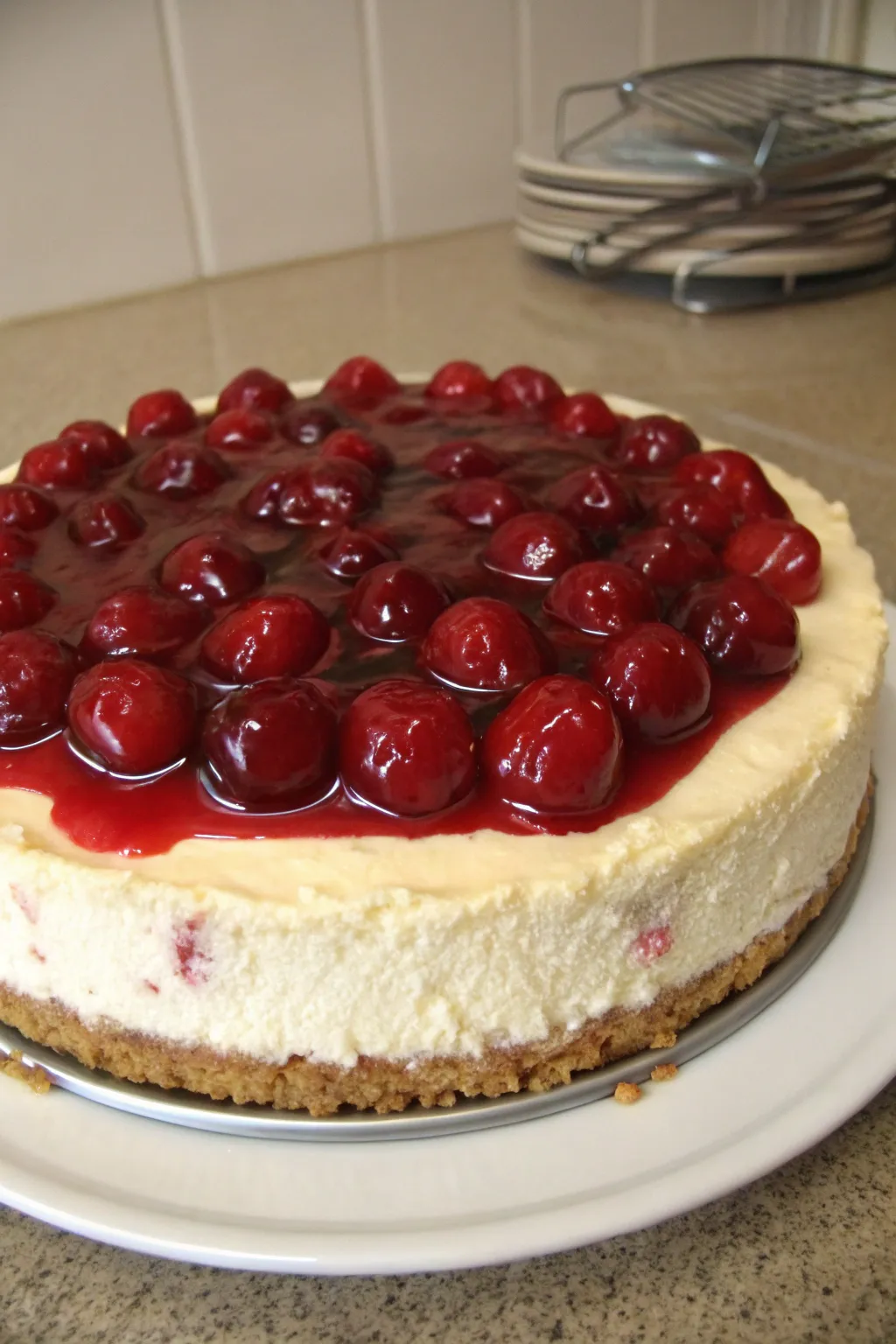

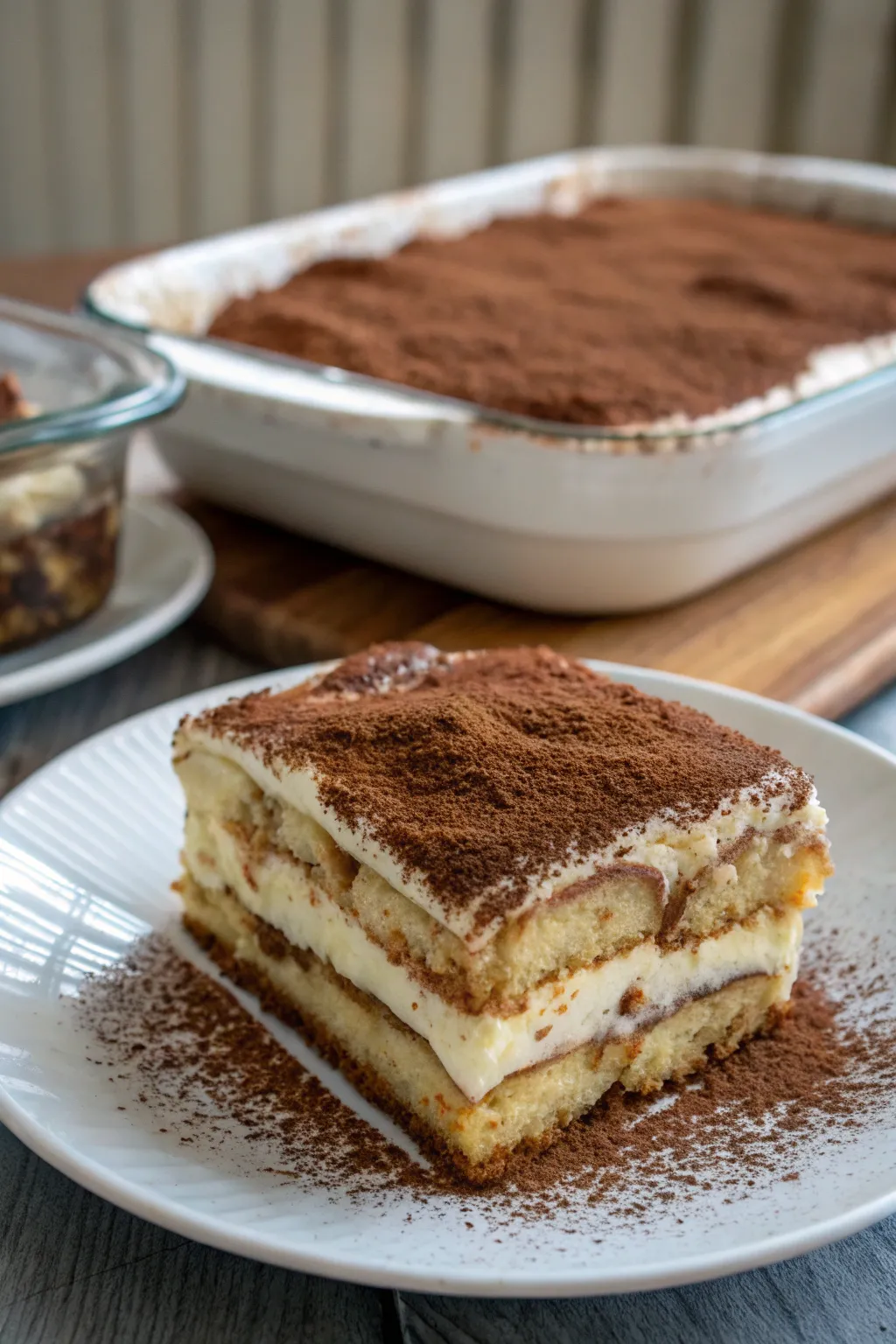
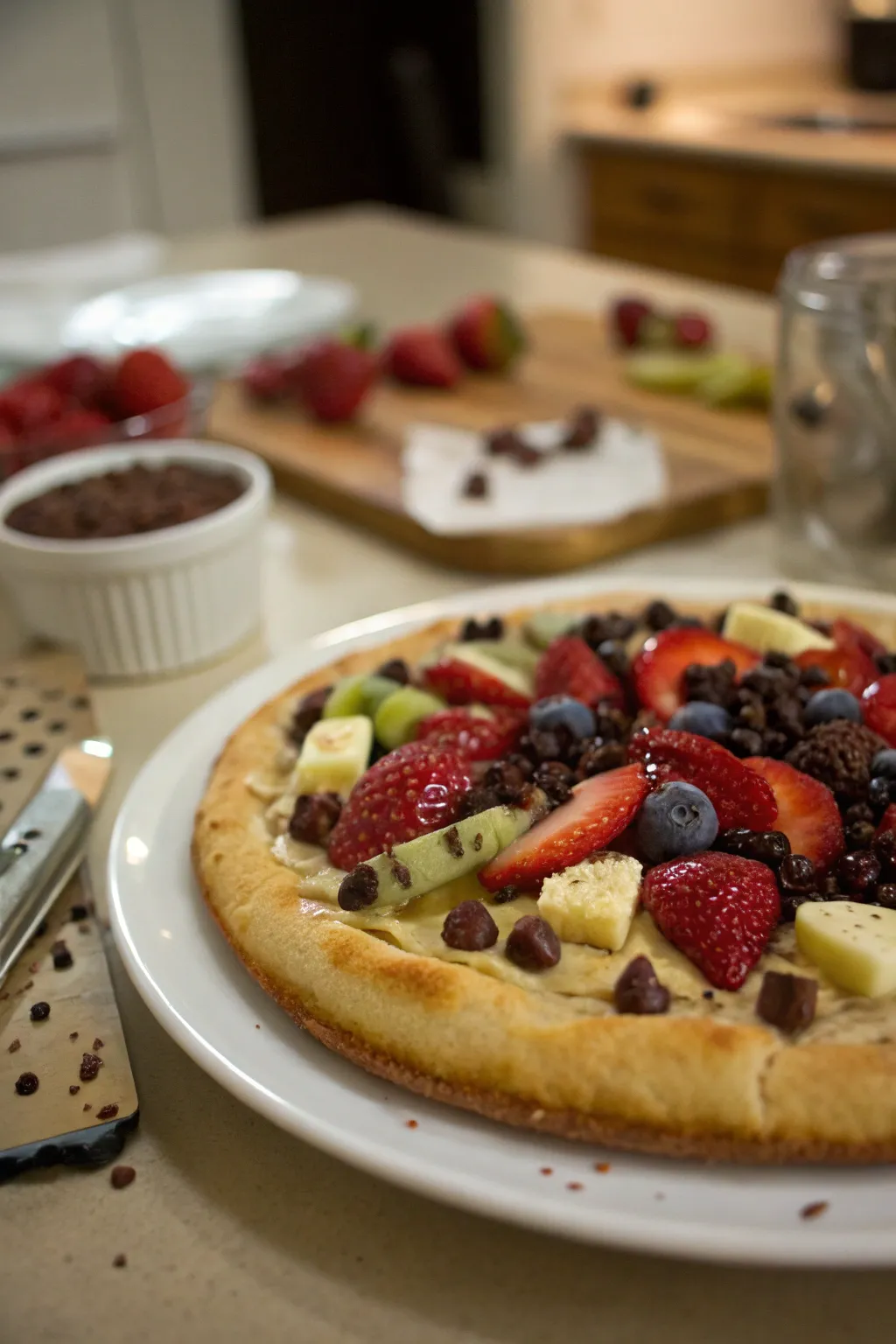
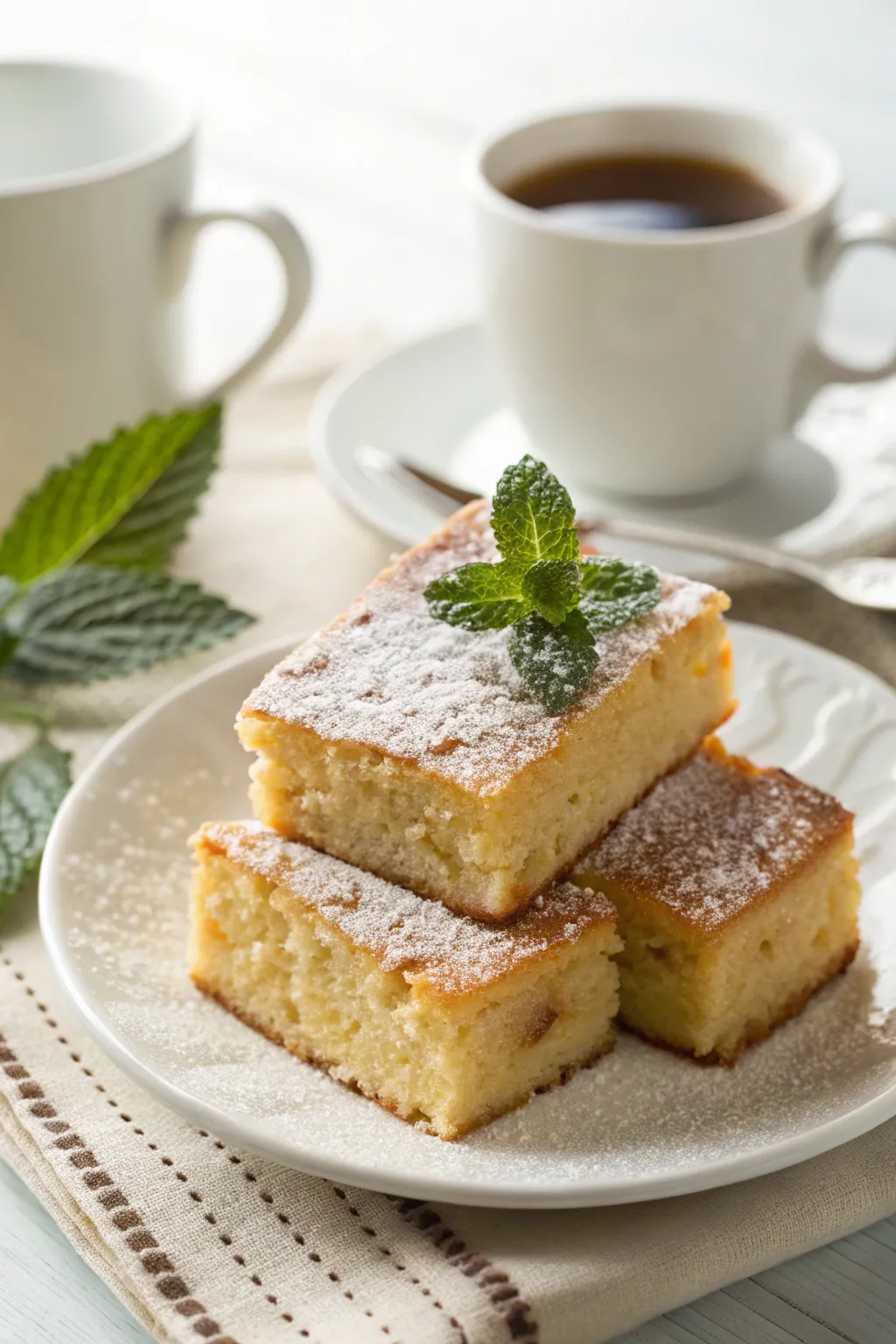
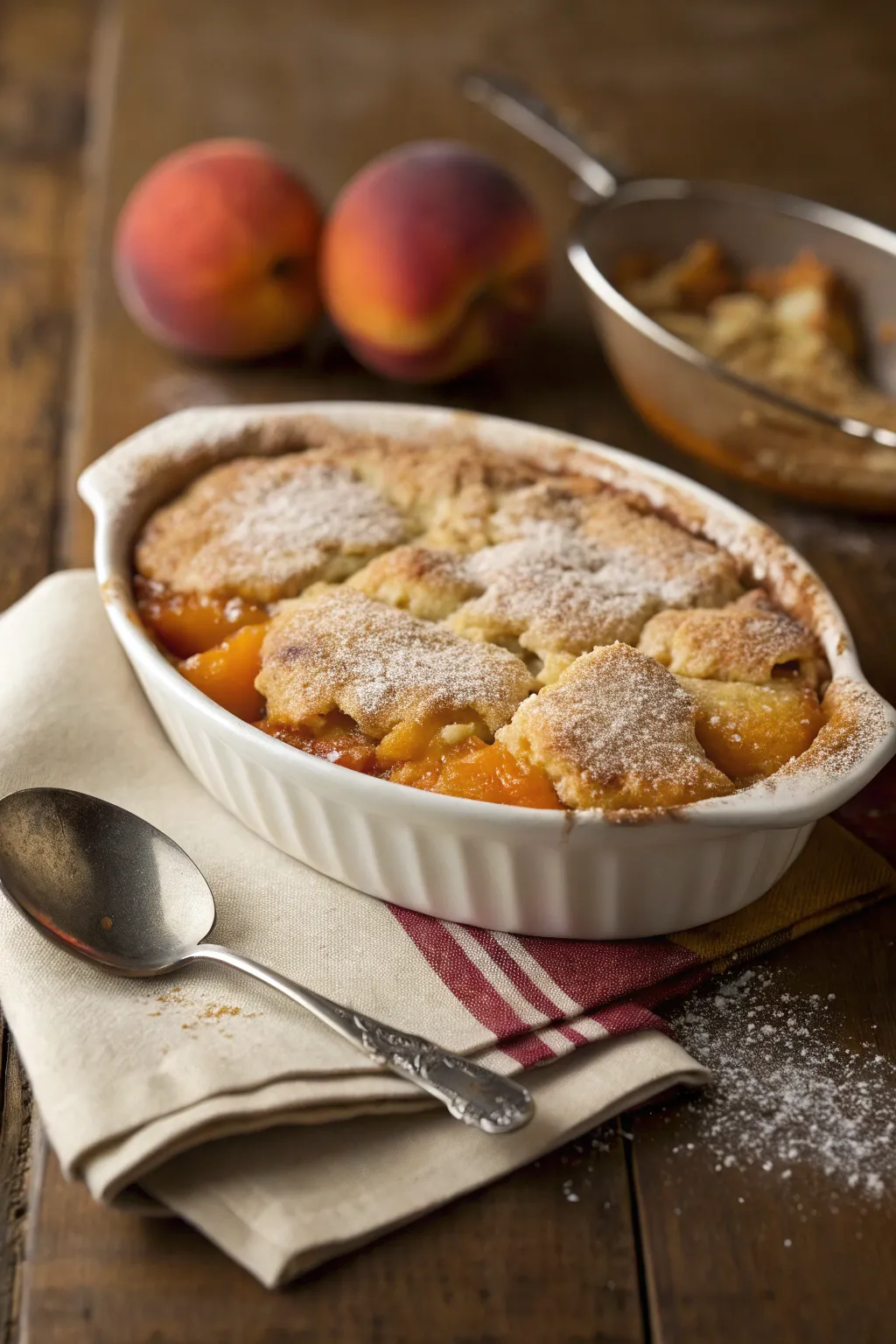
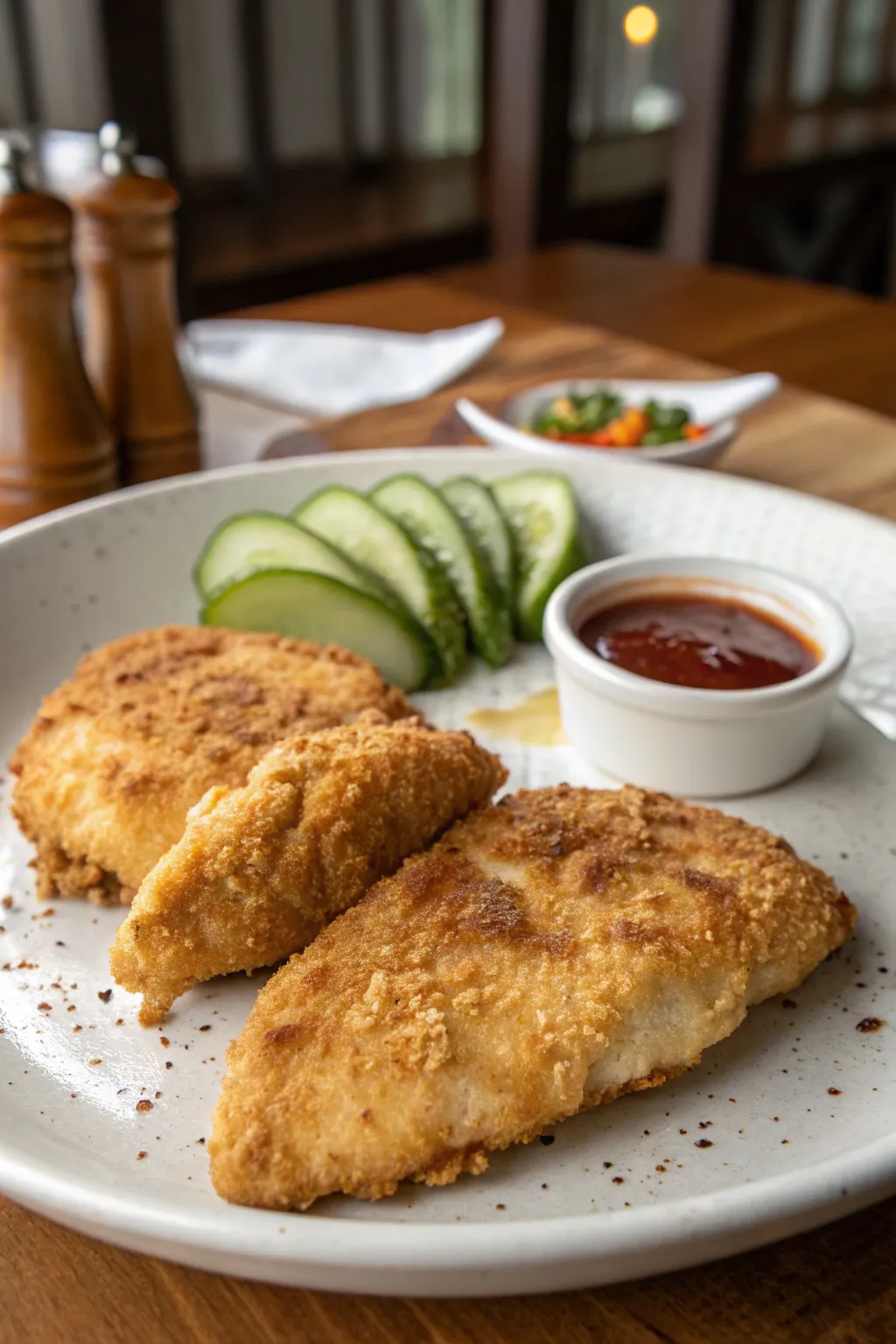


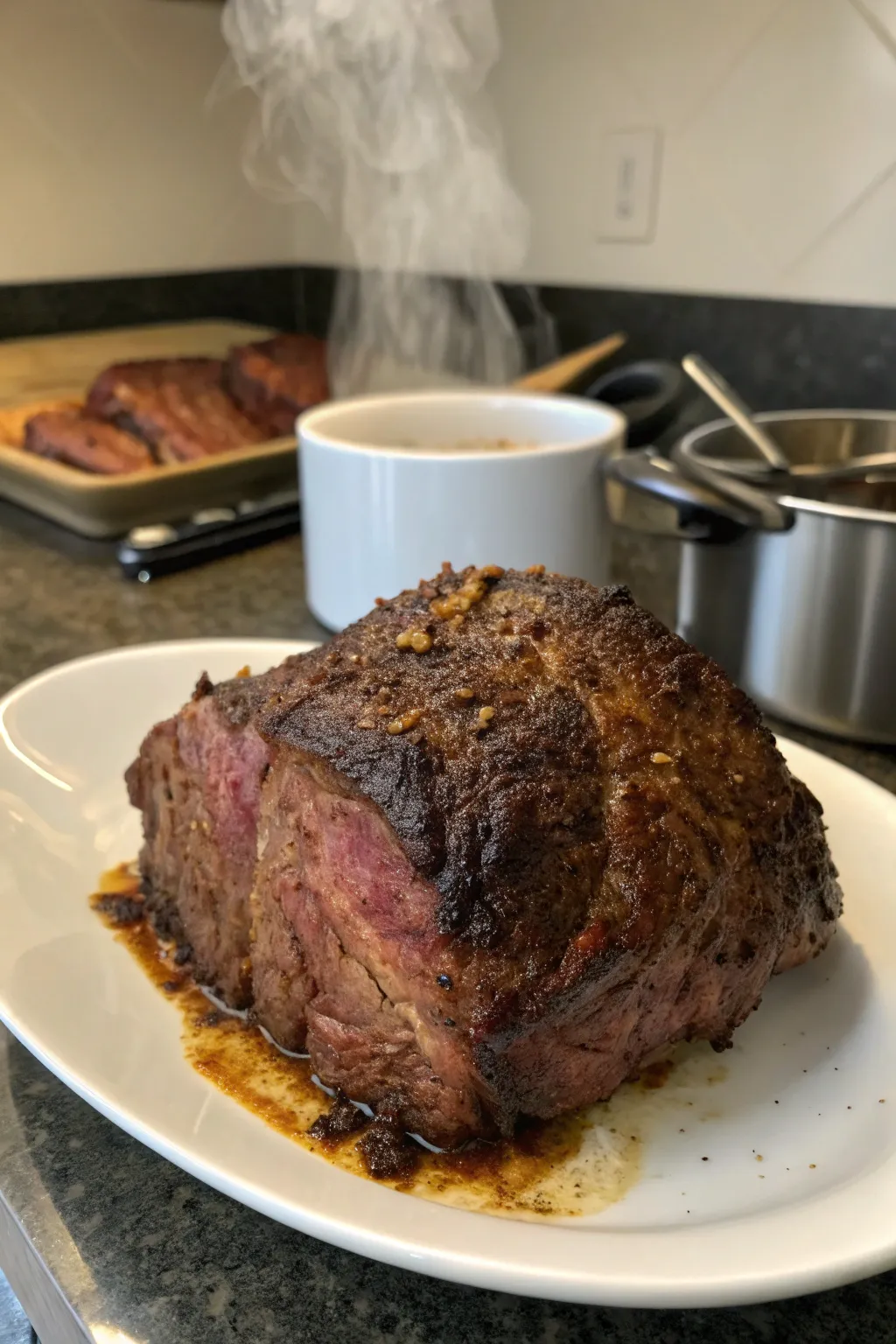
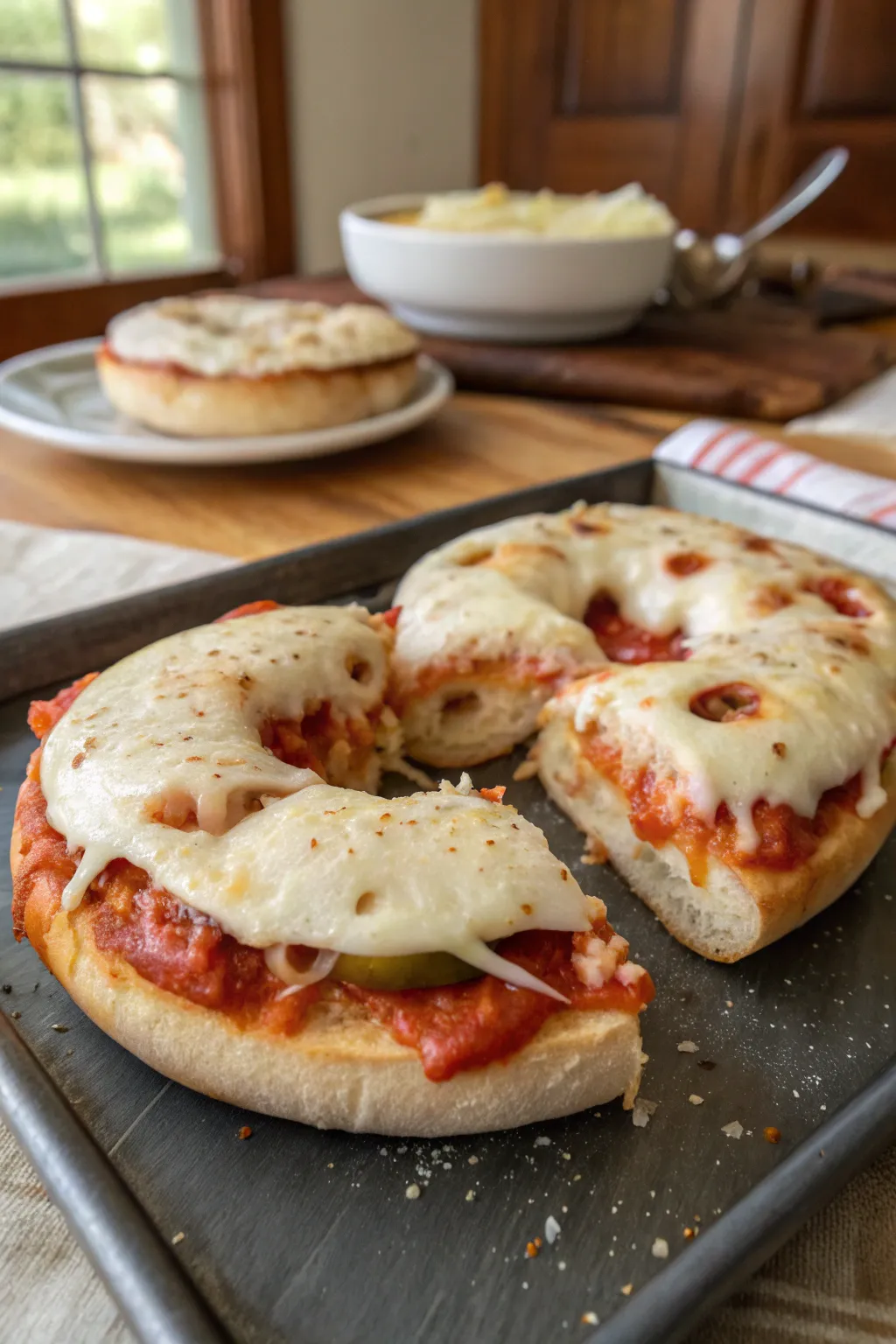






Leave a Comment